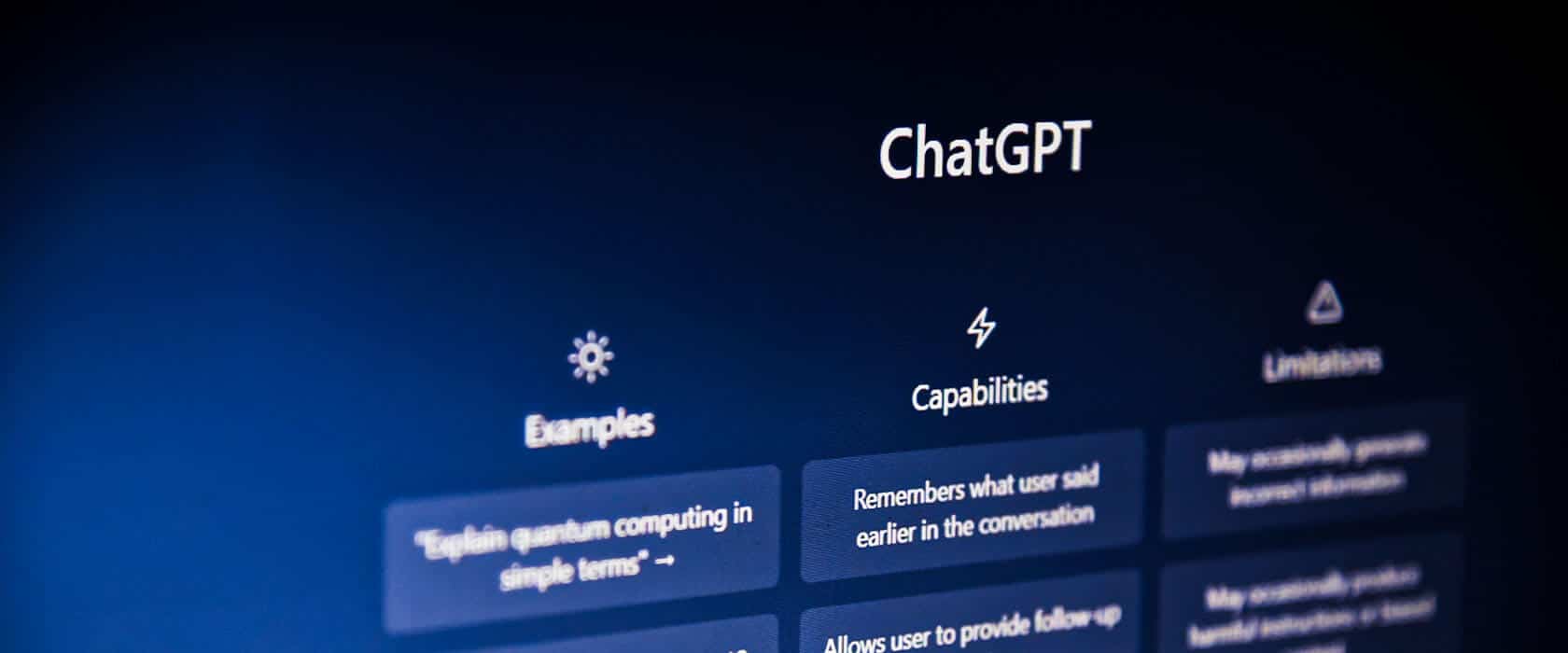An optimistic outlook on ChatGPT’s impact on education
ChatGPT, an AI chatbot developed by OpenAI, has created a buzz in the education industry in recent months. Given the prevalence of written student assessments, it’s natural that some are worried about AI’s potential negative consequences. Dr. David Payne points out the positive outcomes incorporating AI into education can bring.






